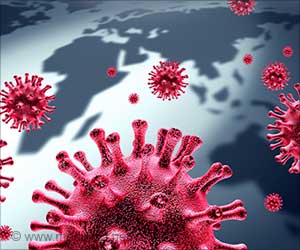COVID-19 risk variant inherited from Neandertals reduces a person’s risk of contracting HIV by 27 percent.

‘People who carried the risk factor for COVID-19 had fewer CCR5 receptors, through which HIV virus can infect white blood cells.’
Read More..




Hence, it may have had a favorable impact on its carriers in the past. “This major genetic risk factor for COVID-19 is so common that I started wondering whether it might be good for something, such as protecting against another infectious disease”, says Hugo Zeberg, who is the sole author of the new study in PNAS.Read More..
The genetic risk factor is located on chromosome 3 that consists of many genes. Several genes in its vicinity encode receptors in the immune system. One of these receptors – CCR5 – is HIV to infect white blood cells.
Zeberg found that people who carried the risk factor for COVID-19 had fewer CCR5 receptors. This led him to test whether they also had a lower risk of becoming infected with HIV.
By analyzing patient data from three significant biobanks (FinnGen, UK Biobank, and Michigan Genomic Initiative), he found that carriers of the risk variant for COVID-19 had a 27 percent lower risk of contracting HIV.
“This shows how a genetic variant can be both good and bad news: Bad news if a person contracts COVID-19, good news because it offers protection against getting infected with HIV”, says Zeberg.
Advertisement
“Now we know that this risk variant for COVID-19 protects against HIV. But it was probably protection against yet another disease that increased its frequency after the last ice age”, Zeberg concludes.
Advertisement
Medindia












